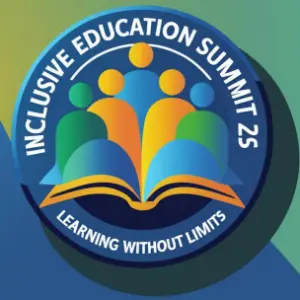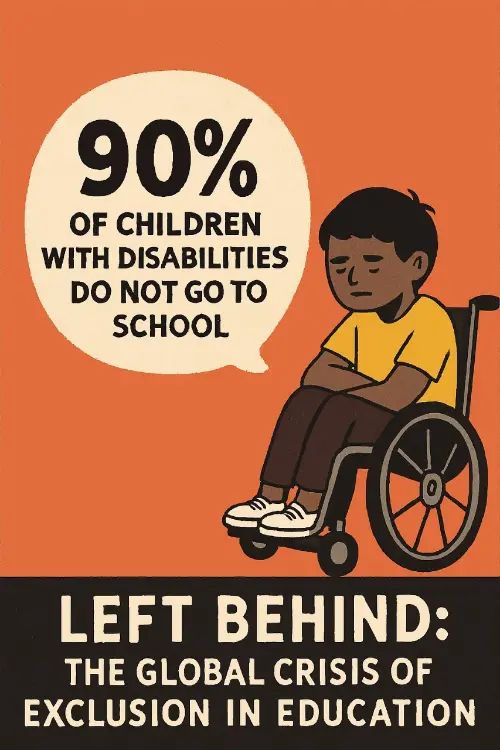Breaking Barriers
Education should open doors for every child yet millions remain excluded simply because of disability. “Breaking Barriers” explores the urgent need for inclusive education, the challenges faced by children with disabilities, and the collective action required to ensure that no child is left behind.

